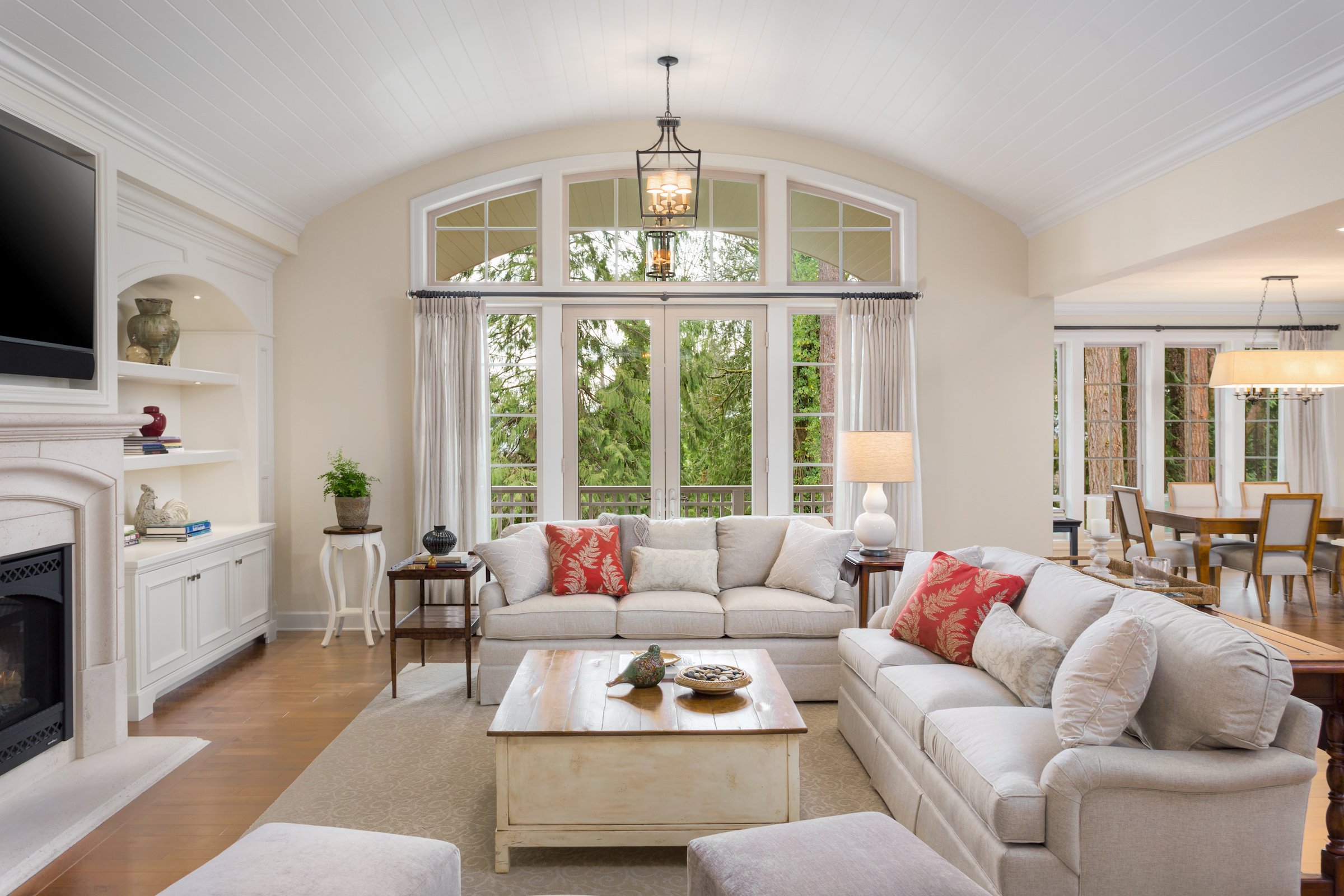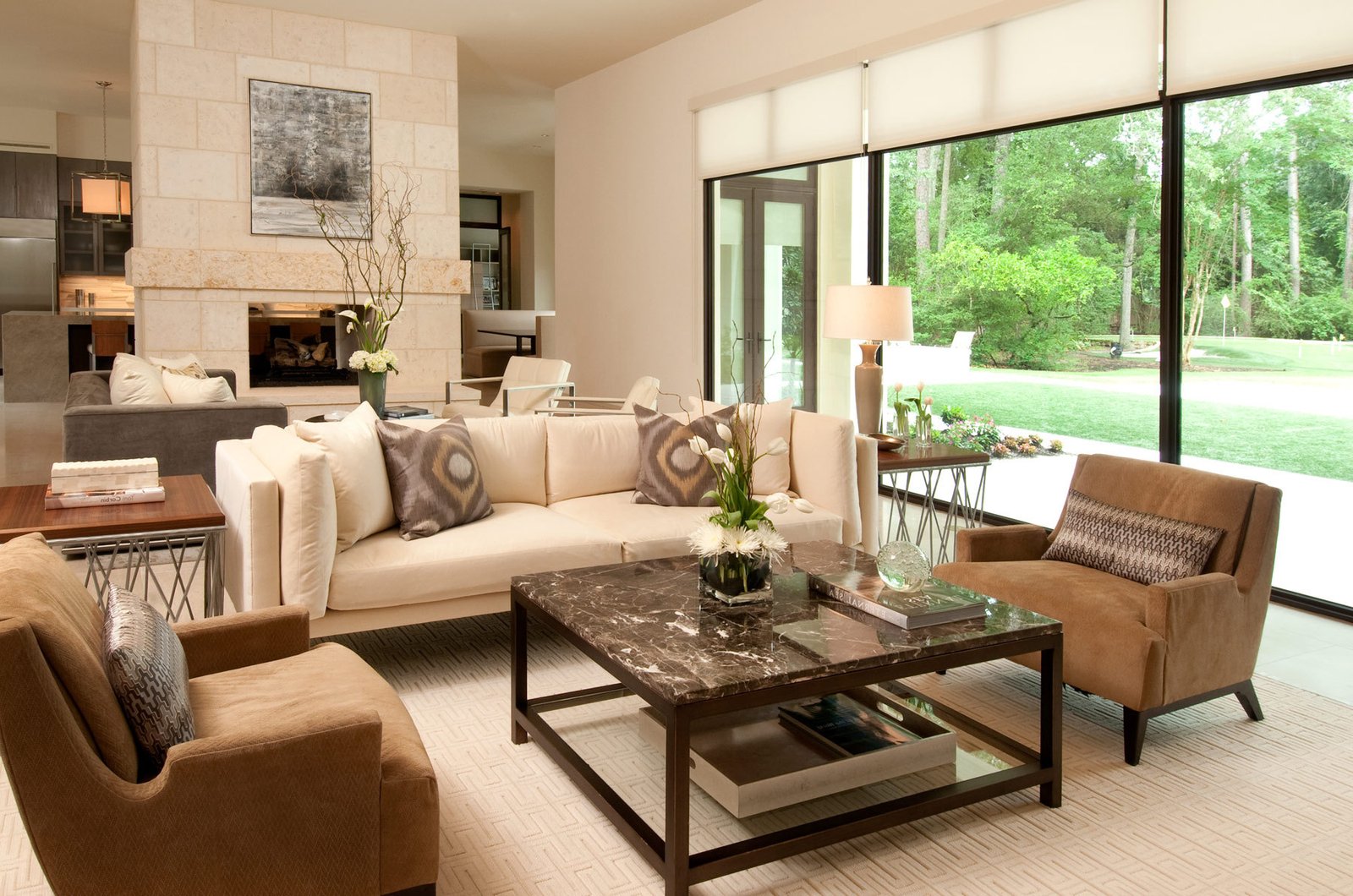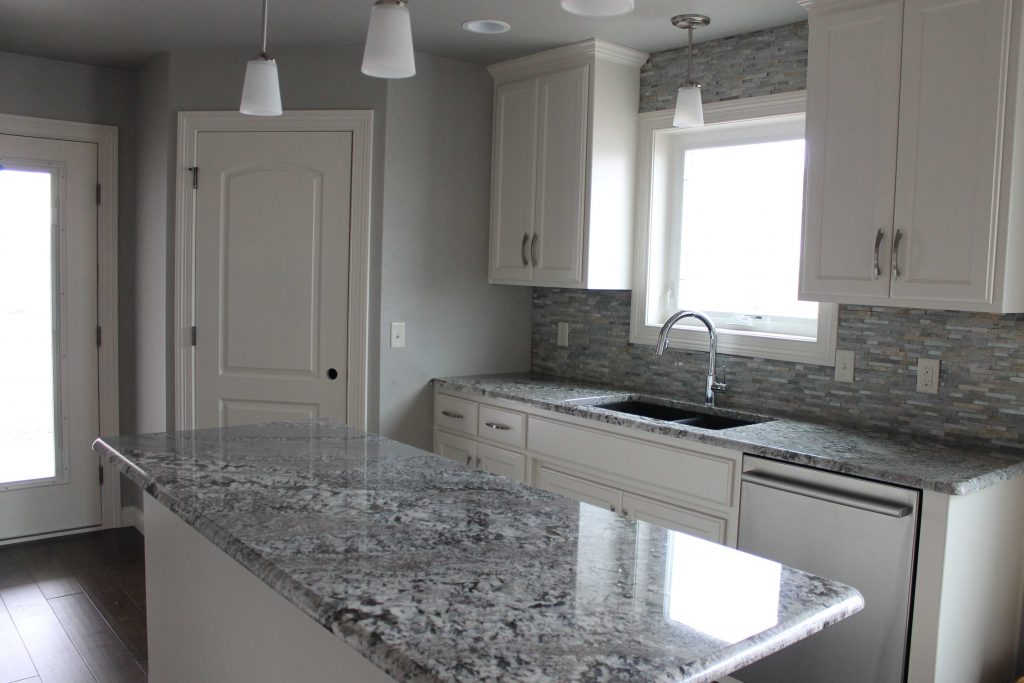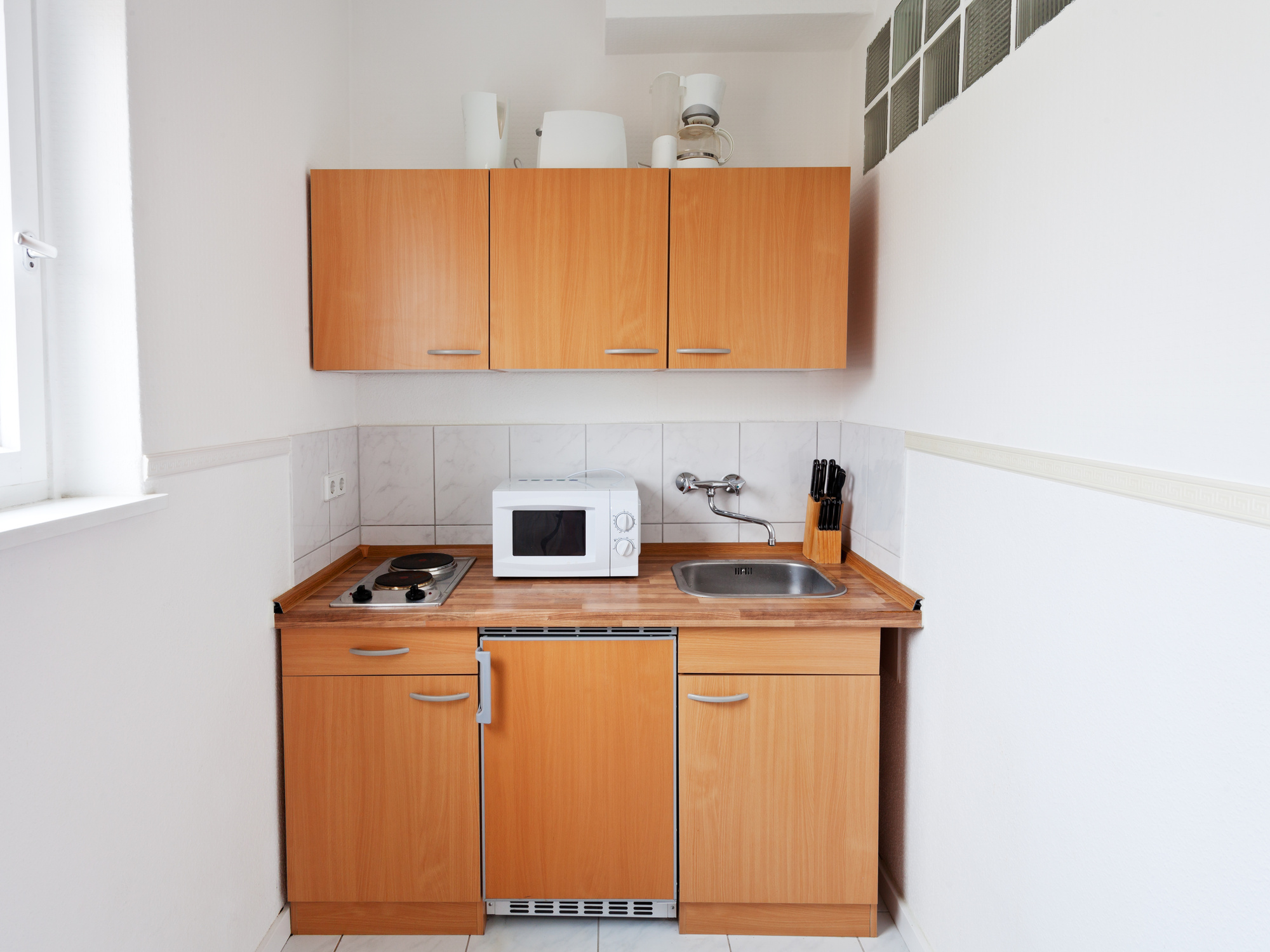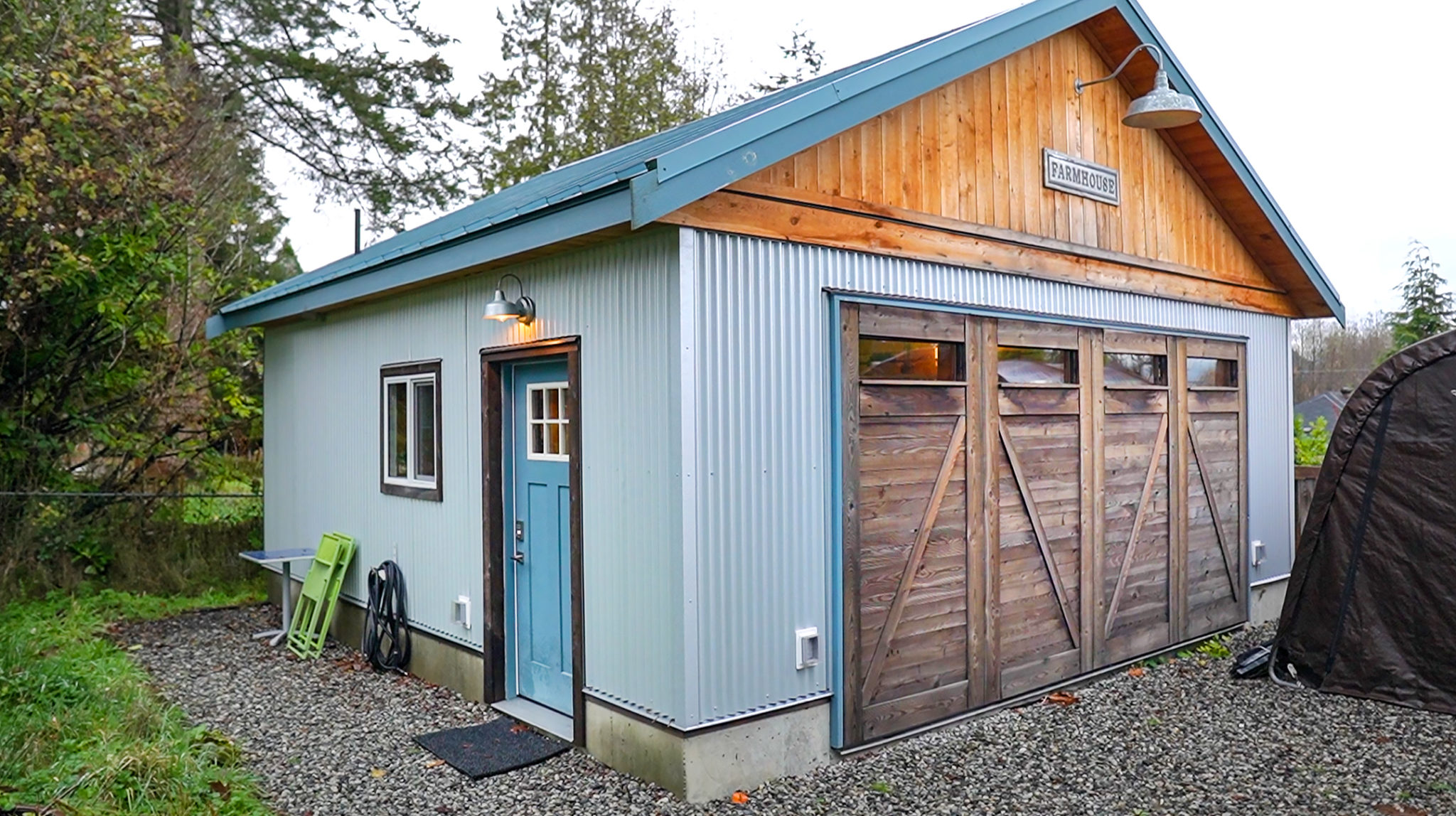When it comes to designing and decorating your home, two of the most commonly used spaces are the living room and the family room. While both of these rooms serve the purpose of providing a comfortable and inviting area for relaxation and socializing, there are some key differences between them that you should consider. In this article, we will explore the distinctions between living rooms and family rooms and help you determine which one is right for your home.Living Room vs Family Room: What's the Difference?
Before we dive into the differences, it's important to understand the basic definitions of these two rooms. The living room is typically located at the front of the house and is designed to be a more formal and elegant space for entertaining guests. On the other hand, the family room is usually located towards the back of the house and is more casual and relaxed, often serving as a space for family activities and gatherings.Understanding the Distinction Between Living Room and Family Room
One of the main differences between these two rooms is their function. As mentioned, the living room is meant for more formal occasions, such as hosting guests or special events, while the family room is a more laid-back space for everyday use. This is reflected in the furniture and decor choices for each room, with the living room typically featuring more expensive and delicate pieces, while the family room has more comfortable and durable furnishings. Another difference is the level of formality and privacy. Living rooms are often set apart from the rest of the house and may have a more formal atmosphere, while family rooms are usually more open and connected to other areas of the house. This makes the family room a more casual and communal space, while the living room is a more private and intimate setting.Key Differences Between Living Room and Family Room
When deciding which room to prioritize in your home, it ultimately depends on your lifestyle and personal preferences. If you frequently host guests or enjoy formal gatherings, a living room may be the better choice for you. However, if you have a large family or prefer a more relaxed and casual atmosphere, a family room may be the way to go. It's also worth considering the layout and size of your home. If you have a smaller space, combining the living room and family room into one multipurpose space may be more practical. On the other hand, if you have a larger home with multiple living areas, having both a living room and family room can provide more flexibility and options for entertaining and relaxation.Living Room vs Family Room: Which One is Right for You?
Aside from their function and atmosphere, there are other key differences between living rooms and family rooms. For example, the design and decor styles may differ. Living rooms tend to have a more formal and elegant aesthetic, with ornate furniture, chandeliers, and artwork. Family rooms, on the other hand, often have a more comfortable and casual feel, with cozy sofas, throw pillows, and family photos on display. The use of technology is also a factor to consider. Living rooms may have a television, but it is often hidden or not the main focus of the room. In contrast, family rooms are more likely to have a television as the main source of entertainment, with comfortable seating arranged around it.Exploring the Differences Between Living Room and Family Room
When deciding between a living room and family room, it's important to think about your lifestyle and how the space will be used. If you have young children or pets, a family room may be a more practical choice as it is easier to maintain and can withstand wear and tear. If you enjoy hosting formal events or have a more sophisticated decor style, a living room may be a better fit. It's also helpful to consider the location of each room in your home. If you prefer a quieter and more private space, a living room at the front of the house may be more suitable. On the other hand, if you want a more communal and connected space, a family room at the back of the house may be a better option.Living Room vs Family Room: How to Choose the Right Space for Your Home
While the differences between living rooms and family rooms may seem subtle, they ultimately come down to the purpose and atmosphere of each space. Living rooms are designed for more formal occasions and have a more elegant and private feel, while family rooms are meant for everyday use and have a more relaxed and communal vibe. It's also worth noting that the terms "living room" and "family room" may be used interchangeably depending on the region or personal preferences. Some homes may have a "den" or "great room" that serves a similar purpose to a family room, while others may have a designated "formal living room". The key is to understand the function and atmosphere of each space and choose the one that best fits your needs.What Makes a Living Room Different from a Family Room?
To summarize, here are some pros and cons to consider for both living rooms and family rooms:Living Room vs Family Room: Pros and Cons of Each Space
When it comes to designing and decorating your living room or family room, there are a few key differences to keep in mind:Designing a Functional Living Room and Family Room: Key Differences to Consider
Ultimately, there is no right or wrong answer when it comes to choosing between a living room and family room. The best option for your home will depend on your lifestyle, design preferences, and the layout of your space. Consider the pros and cons of each room, and don't be afraid to combine elements from both to create a functional and inviting space for you and your family to enjoy.Living Room vs Family Room: Which One Should You Prioritize in Your Home?
The Importance of Designating a Living Room and Family Room in Your Home

Creating Defined Spaces for Different Functions
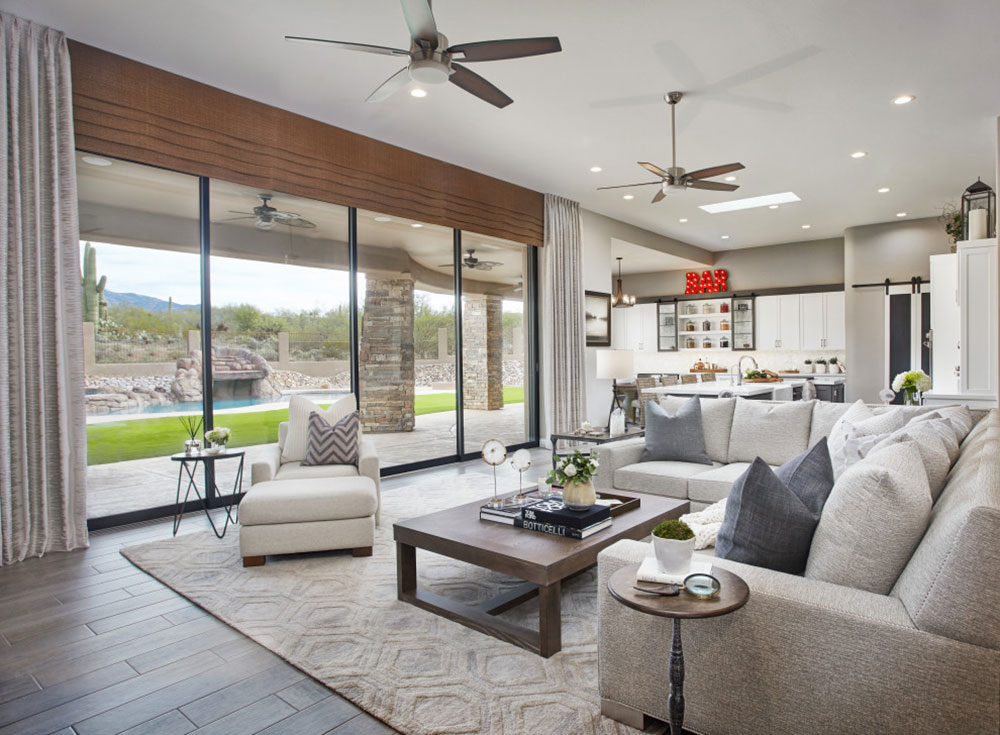 When designing a home, it is important to carefully consider the layout and purpose of each room. This is especially true for the living room and family room, two spaces that often serve similar functions but have distinct differences that should be taken into account. While both rooms are used for relaxation and socializing, understanding the unique features of each can help you create a more functional and enjoyable living space for you and your family.
The Living Room:
The living room is typically the first room you see upon entering a home. It is often located near the front of the house and is designed to be more formal and welcoming. This space is usually used for entertaining guests or for more formal occasions. As such, the design of the living room is usually more elegant and sophisticated, with a focus on creating a stylish and aesthetically pleasing atmosphere.
The Family Room:
In contrast, the family room is a more casual and relaxed space where the whole family can gather and spend time together. It is often located near the kitchen or dining area, making it a central hub for daily activities. The family room is usually designed for comfort and functionality, with a focus on creating a cozy and inviting atmosphere. This is where you can kick back and relax with your loved ones, watch TV, play games, or just have a chat.
When designing a home, it is important to carefully consider the layout and purpose of each room. This is especially true for the living room and family room, two spaces that often serve similar functions but have distinct differences that should be taken into account. While both rooms are used for relaxation and socializing, understanding the unique features of each can help you create a more functional and enjoyable living space for you and your family.
The Living Room:
The living room is typically the first room you see upon entering a home. It is often located near the front of the house and is designed to be more formal and welcoming. This space is usually used for entertaining guests or for more formal occasions. As such, the design of the living room is usually more elegant and sophisticated, with a focus on creating a stylish and aesthetically pleasing atmosphere.
The Family Room:
In contrast, the family room is a more casual and relaxed space where the whole family can gather and spend time together. It is often located near the kitchen or dining area, making it a central hub for daily activities. The family room is usually designed for comfort and functionality, with a focus on creating a cozy and inviting atmosphere. This is where you can kick back and relax with your loved ones, watch TV, play games, or just have a chat.
The Key Differences Between the Living Room and Family Room
 While the living room and family room may serve similar purposes, there are some key differences that set them apart. These differences can help you determine which room should be used for specific activities and how to design them accordingly.
Usage:
The living room is designed for more formal occasions, such as hosting guests, while the family room is a more casual space for everyday use.
Furniture:
The living room often features more formal and decorative furniture, such as a sofa, armchairs, and a coffee table. In contrast, the family room may have more comfortable and practical furniture, such as a sectional sofa, bean bag chairs, and a TV stand.
Decor:
The living room is typically decorated with elegant and luxurious touches, such as chandeliers, artwork, and accent pieces. The family room, on the other hand, may have a more personal and casual decor, with family photos, cozy rugs, and throw pillows.
While the living room and family room may serve similar purposes, there are some key differences that set them apart. These differences can help you determine which room should be used for specific activities and how to design them accordingly.
Usage:
The living room is designed for more formal occasions, such as hosting guests, while the family room is a more casual space for everyday use.
Furniture:
The living room often features more formal and decorative furniture, such as a sofa, armchairs, and a coffee table. In contrast, the family room may have more comfortable and practical furniture, such as a sectional sofa, bean bag chairs, and a TV stand.
Decor:
The living room is typically decorated with elegant and luxurious touches, such as chandeliers, artwork, and accent pieces. The family room, on the other hand, may have a more personal and casual decor, with family photos, cozy rugs, and throw pillows.
The Benefits of Having Both Rooms in Your Home
 Having both a living room and family room in your home can offer a variety of benefits. First and foremost, it allows you to separate formal and casual activities, creating designated spaces for different functions. This can help keep your home organized and clutter-free. Additionally, having a family room allows for a more relaxed and comfortable atmosphere for everyday use, while the living room can be reserved for more special occasions.
In conclusion, while the living room and family room may seem similar, they serve different purposes in a home and should be designed accordingly. Understanding the key differences between the two rooms can help you create a functional and inviting living space for you and your family. So when designing your home, make sure to carefully consider the layout and purpose of each room, including the living room and family room.
Having both a living room and family room in your home can offer a variety of benefits. First and foremost, it allows you to separate formal and casual activities, creating designated spaces for different functions. This can help keep your home organized and clutter-free. Additionally, having a family room allows for a more relaxed and comfortable atmosphere for everyday use, while the living room can be reserved for more special occasions.
In conclusion, while the living room and family room may seem similar, they serve different purposes in a home and should be designed accordingly. Understanding the key differences between the two rooms can help you create a functional and inviting living space for you and your family. So when designing your home, make sure to carefully consider the layout and purpose of each room, including the living room and family room.



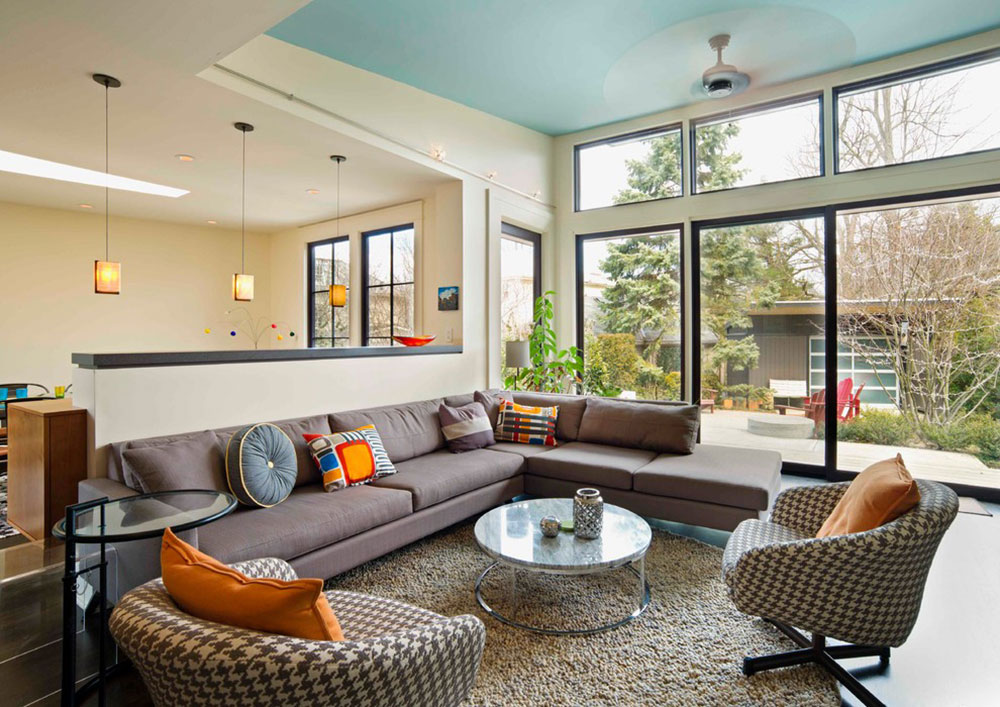

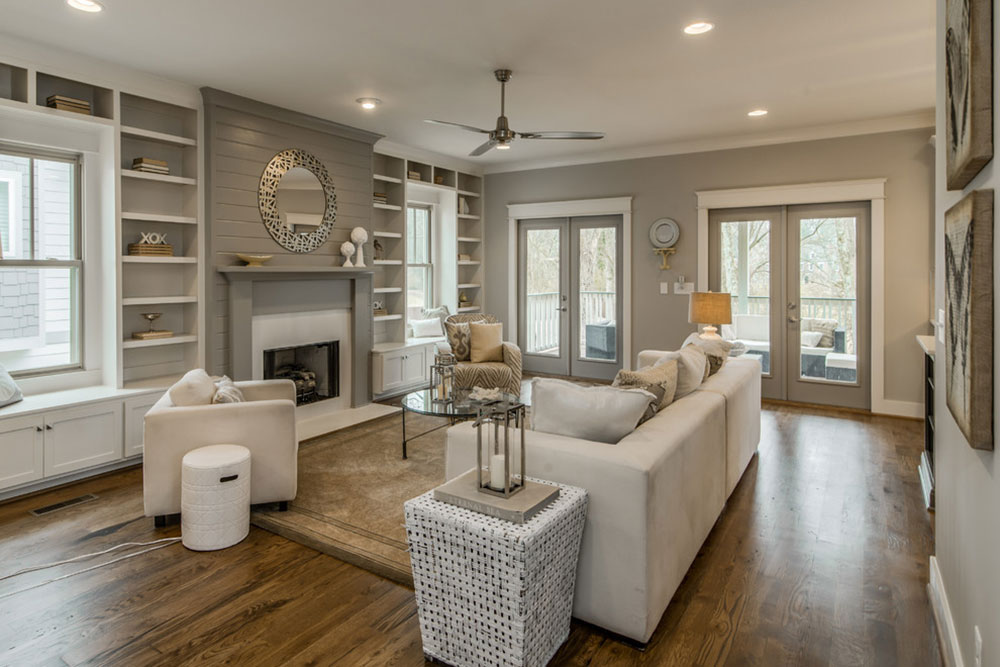
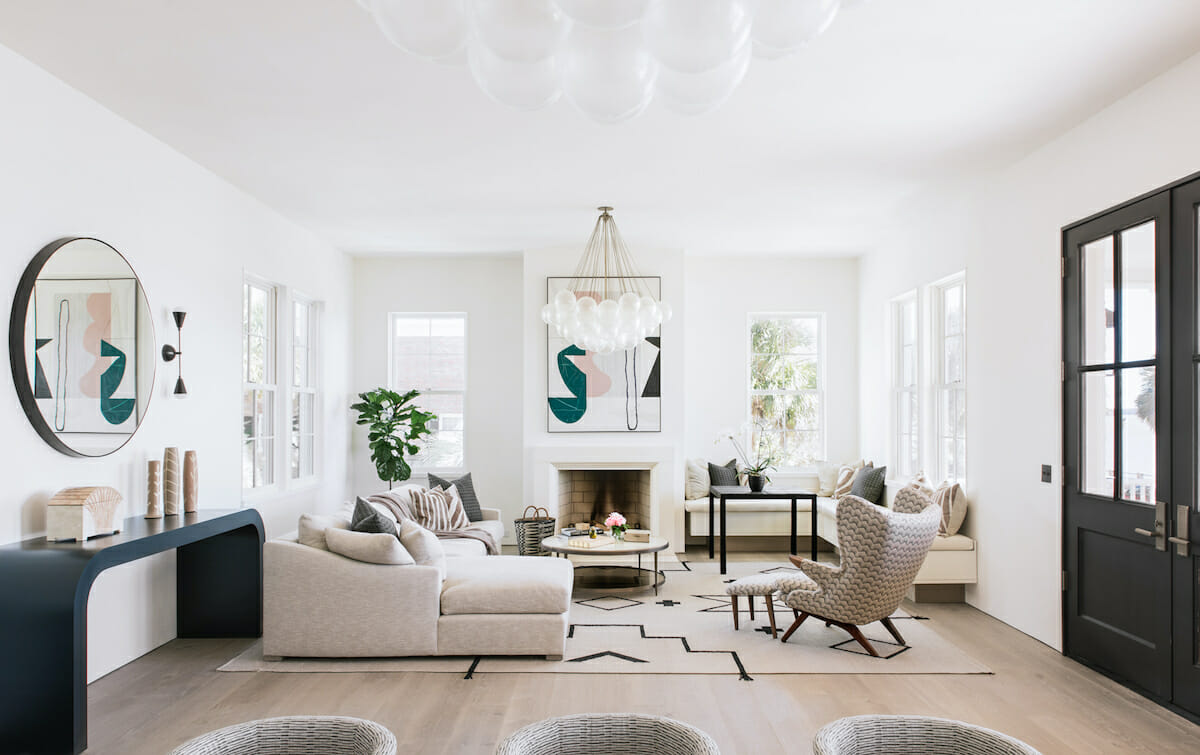
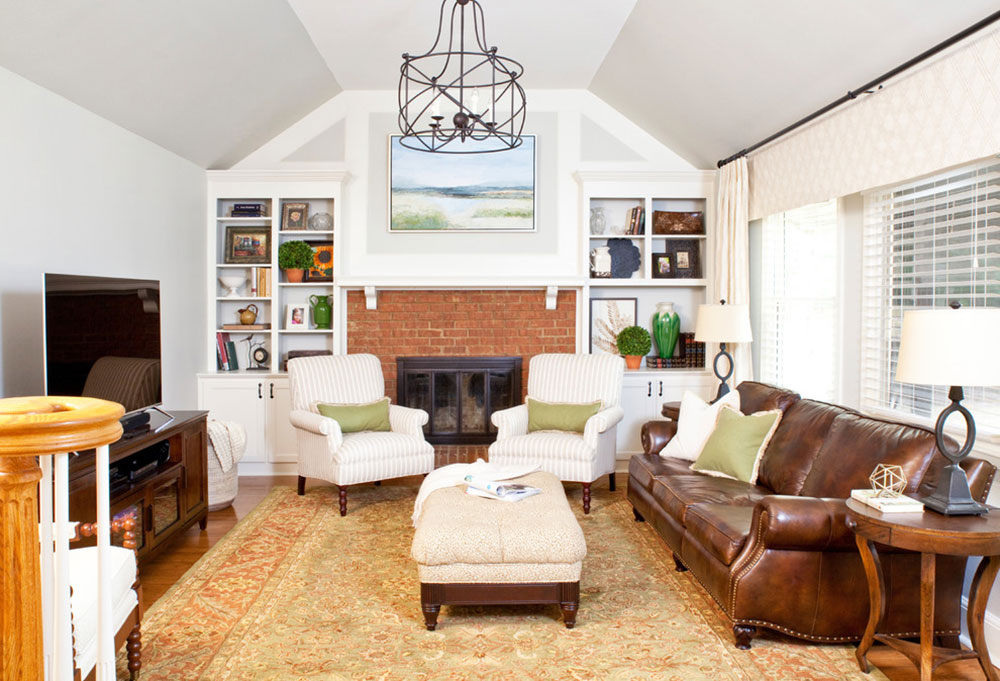
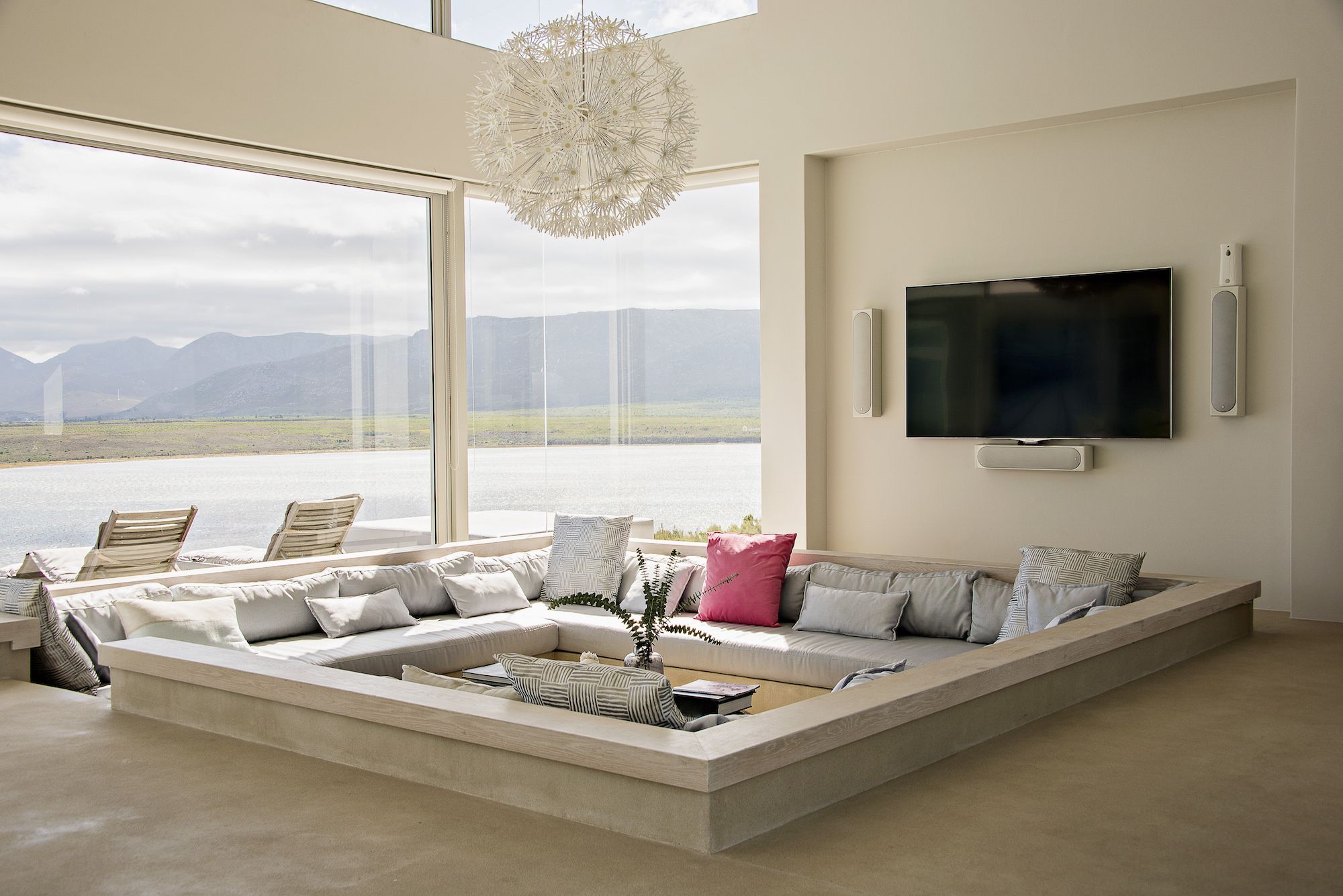
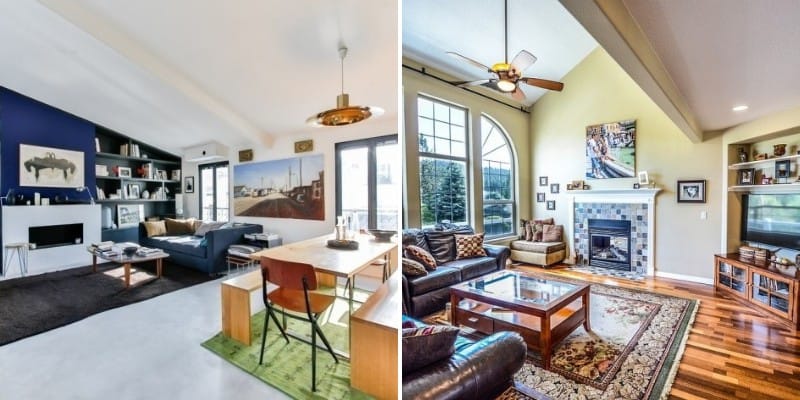
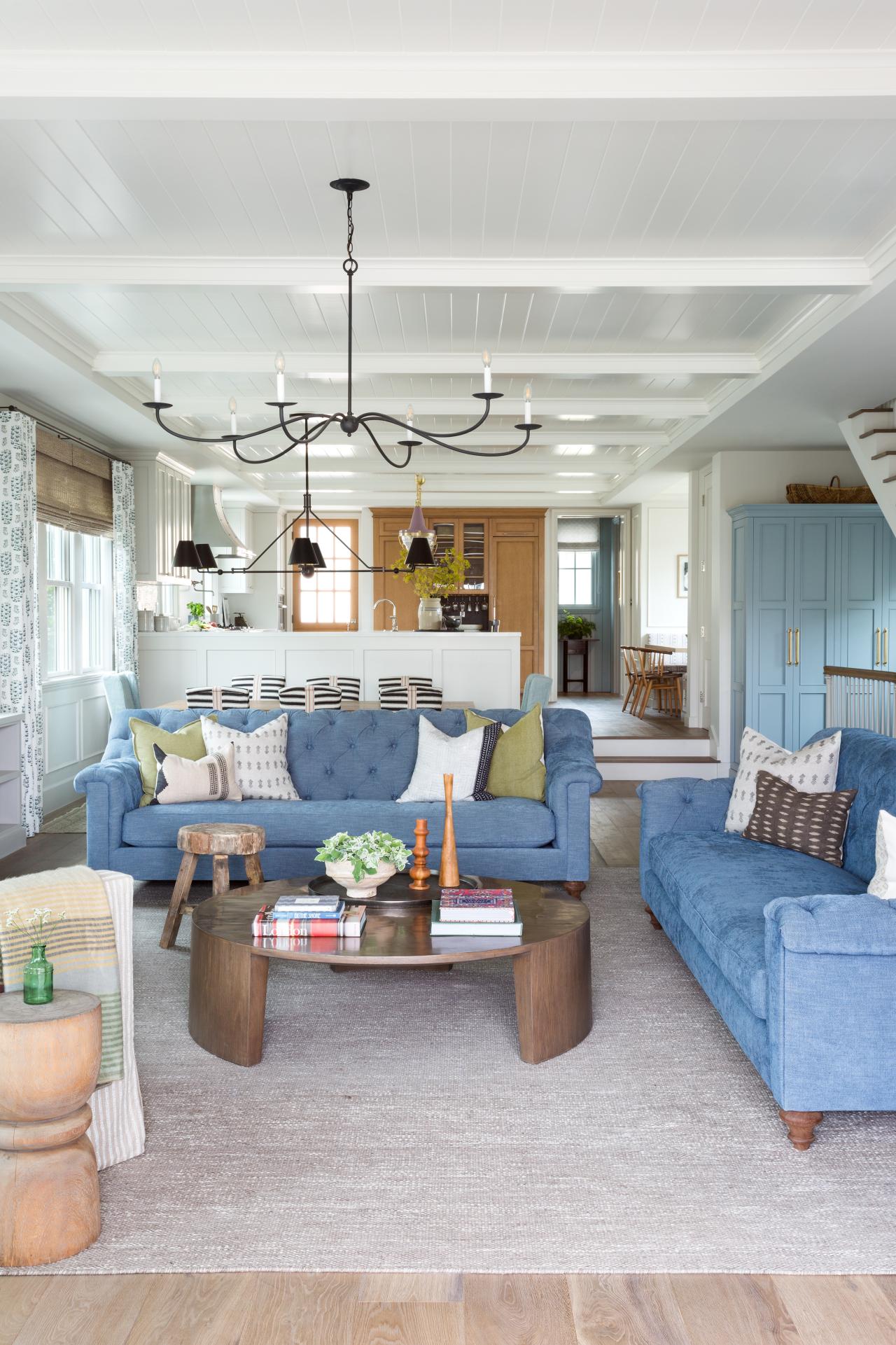


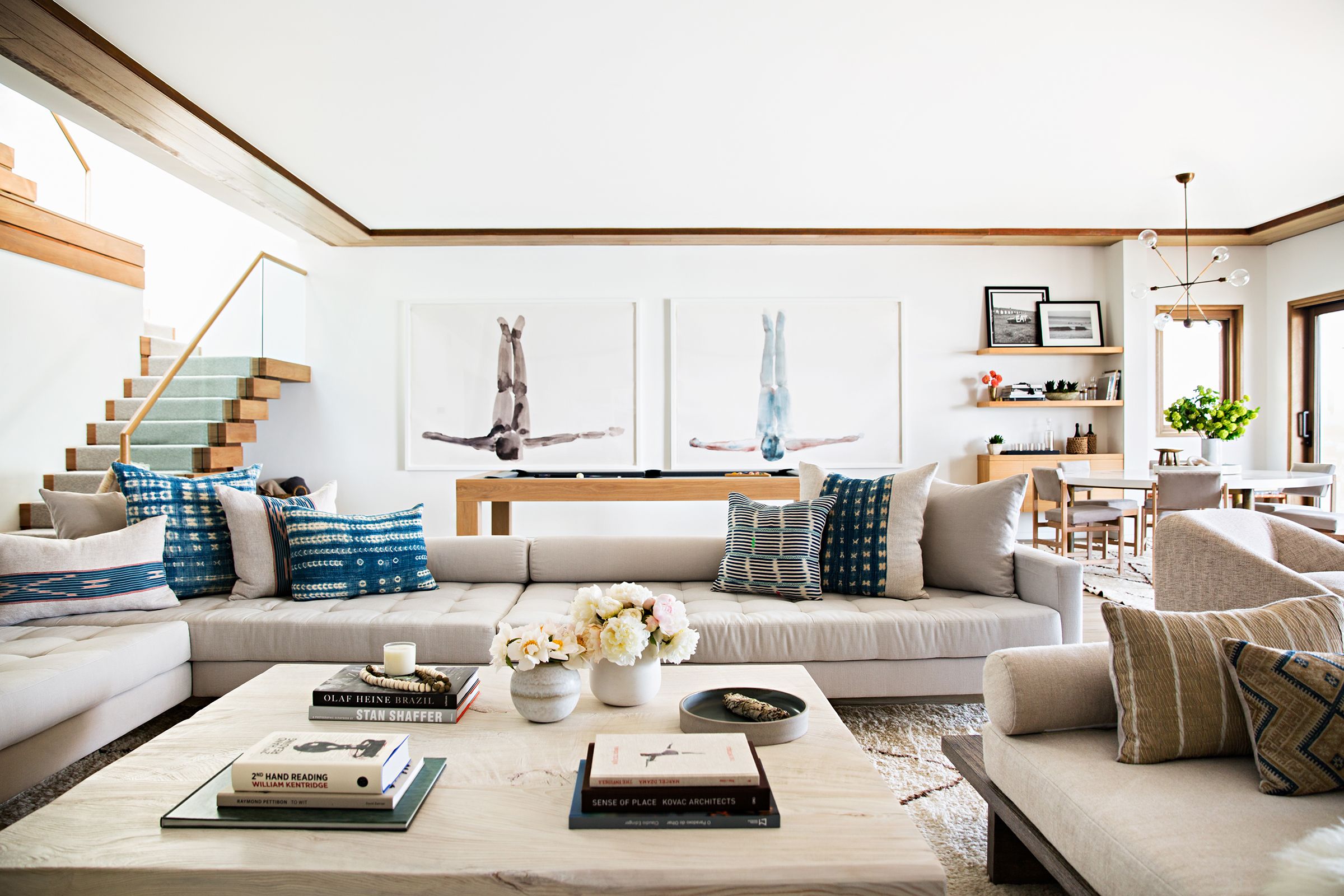
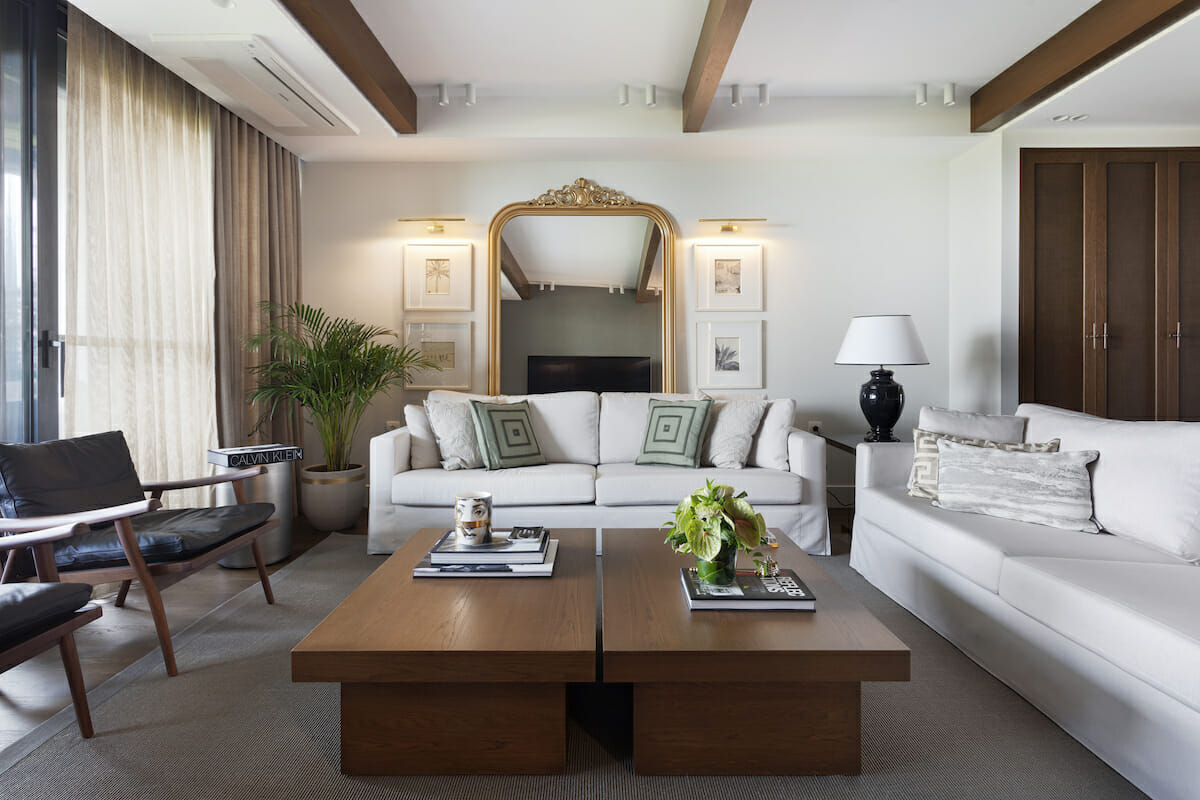
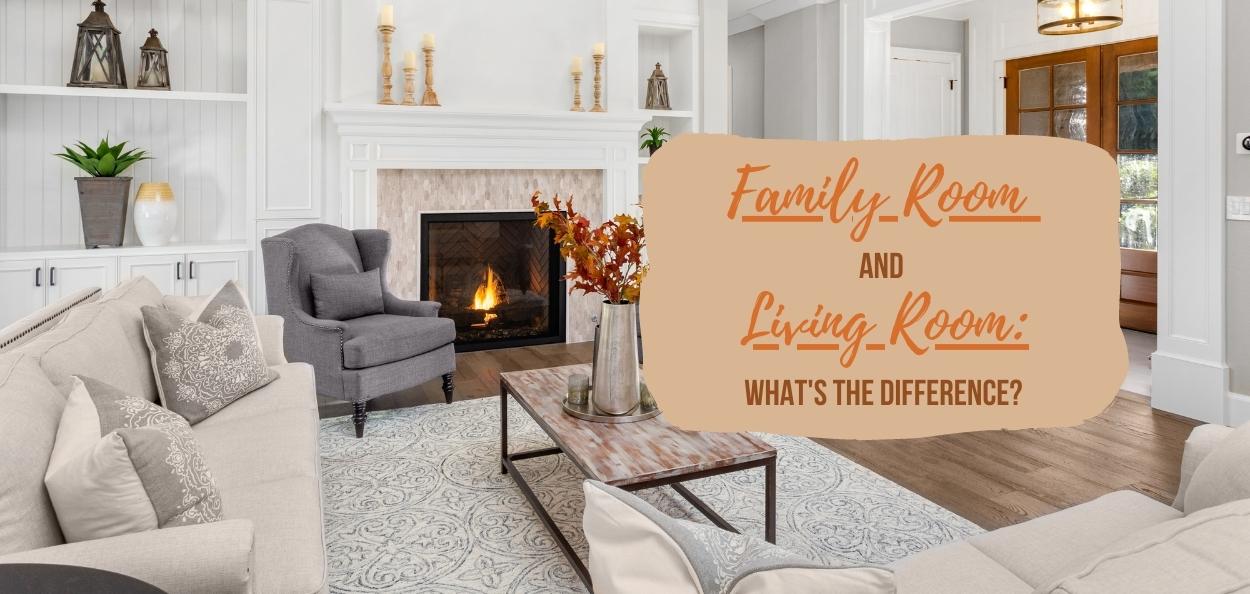
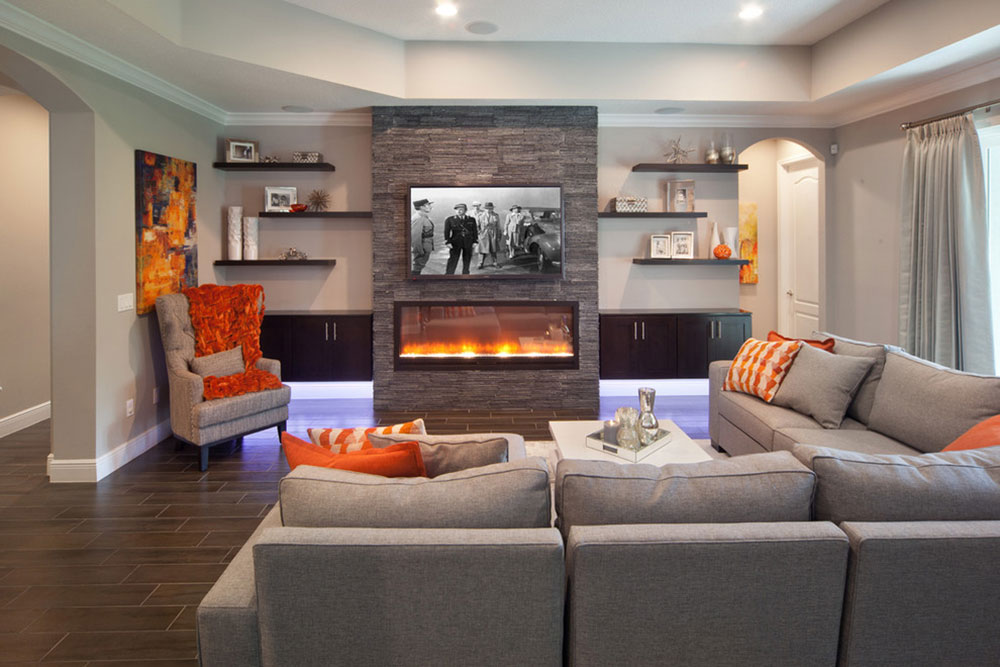

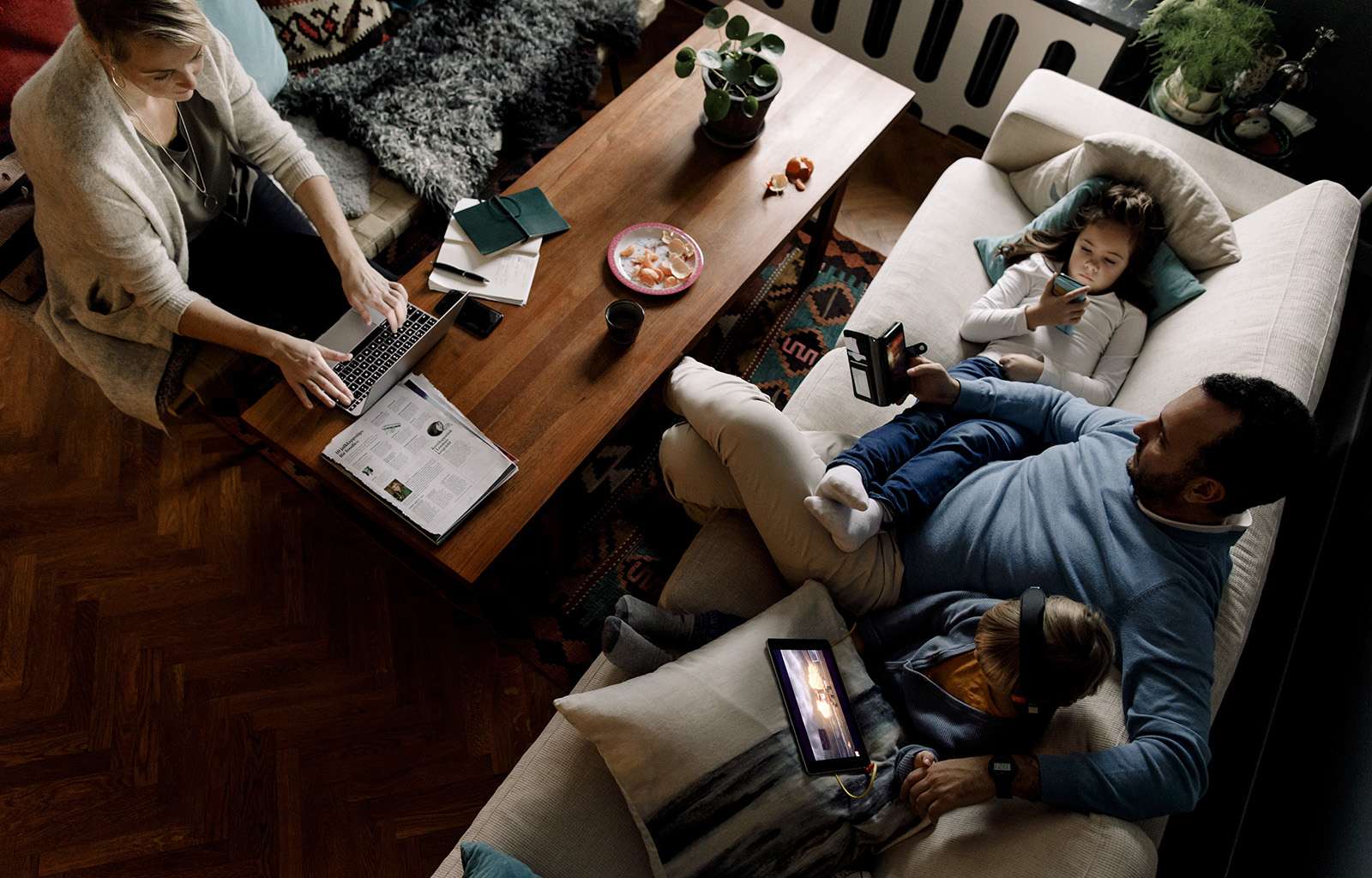




:max_bytes(150000):strip_icc()/6B2A0986-69199dad8c7b4b62b37bf73ef5a0095d.jpg)
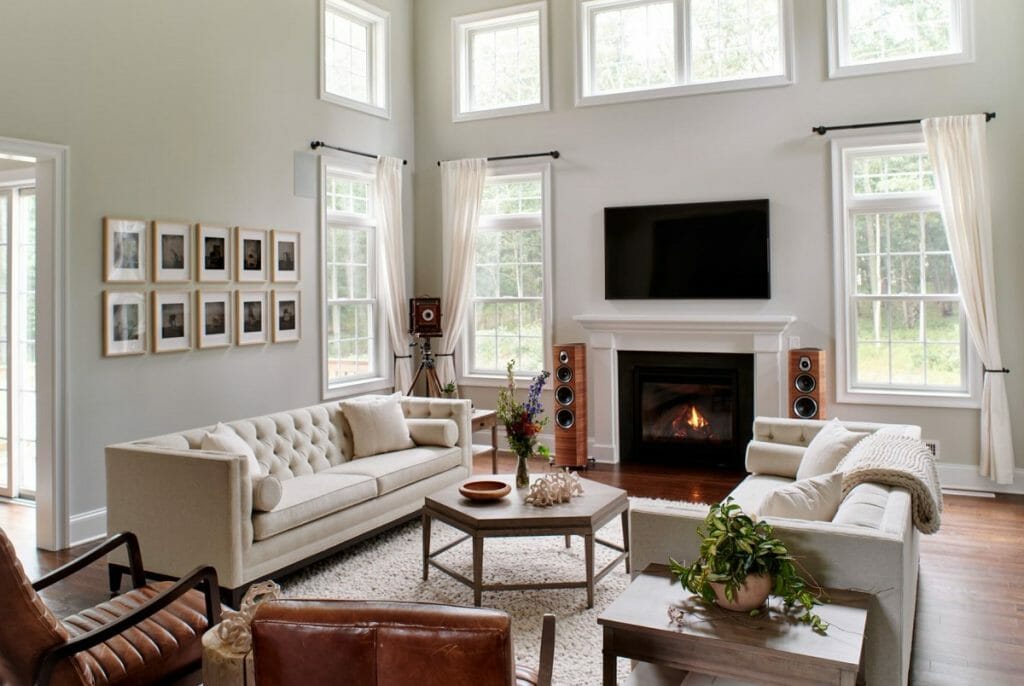

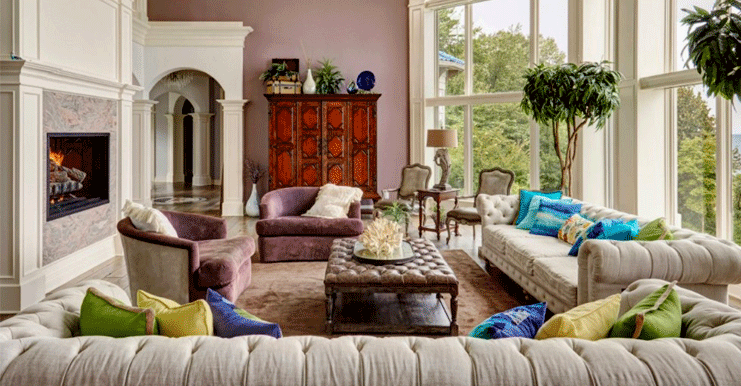
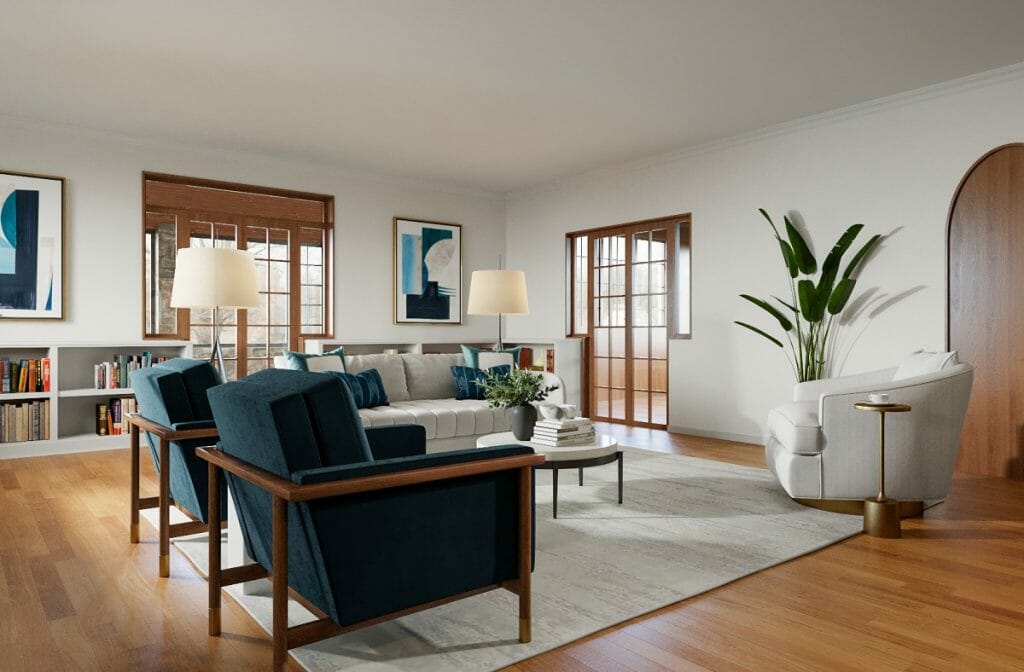


















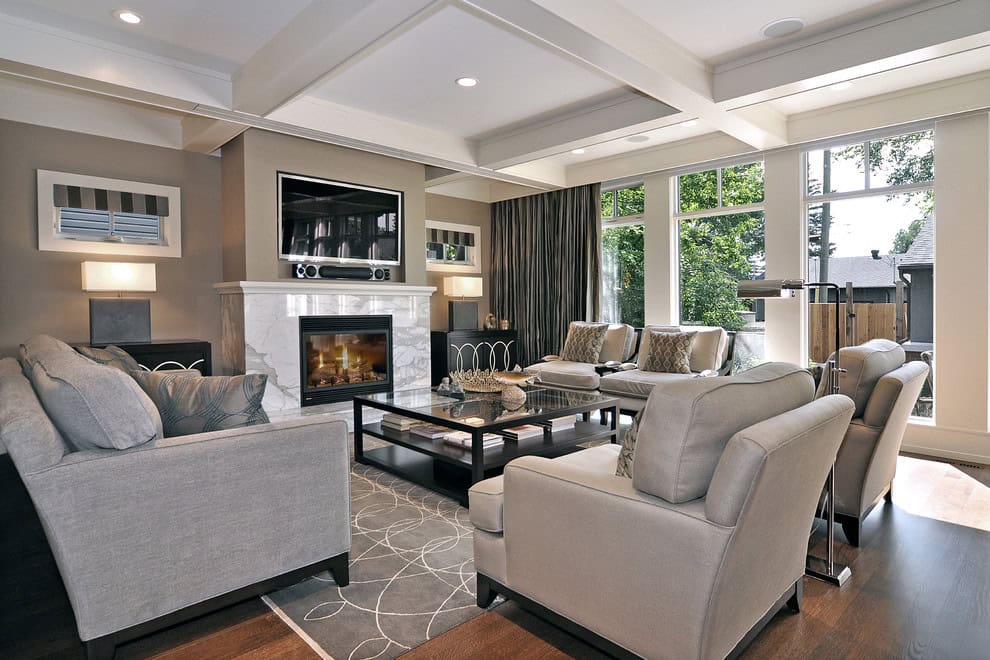




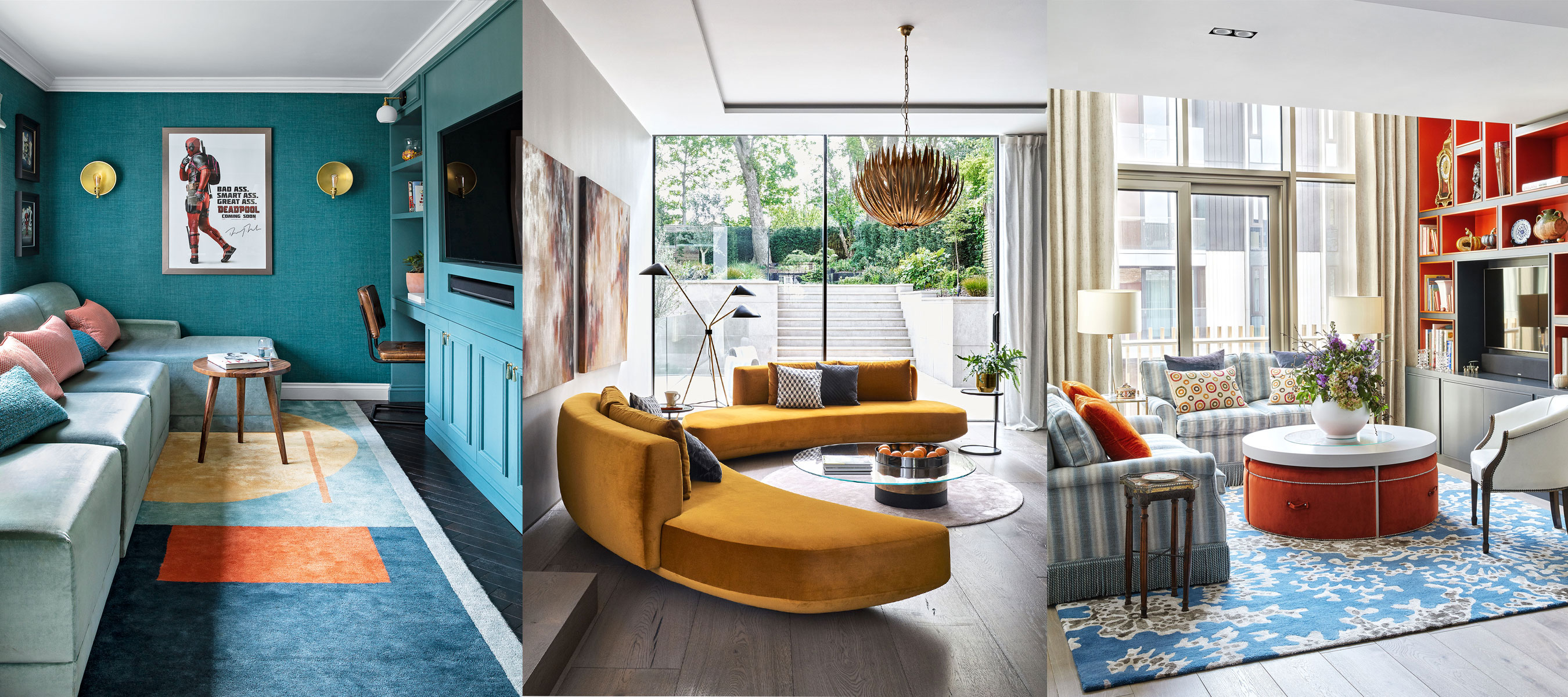

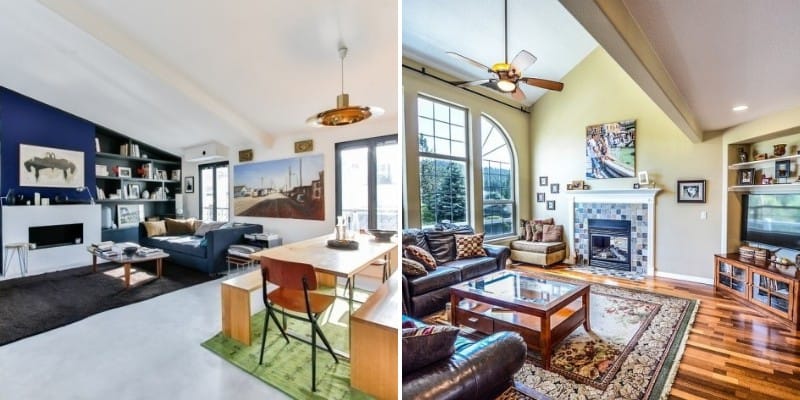
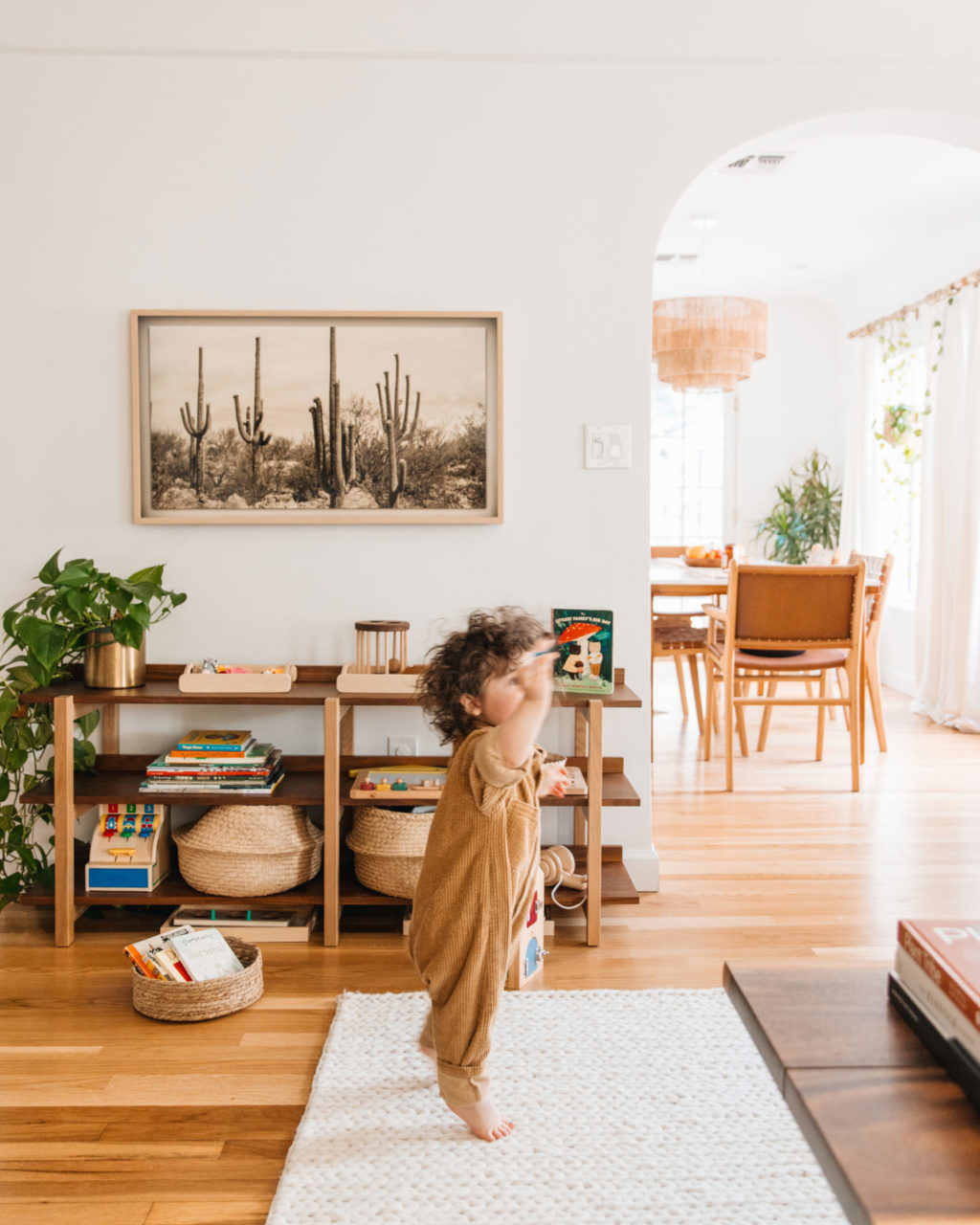

:max_bytes(150000):strip_icc()/Chuck-Schmidt-Getty-Images-56a5ae785f9b58b7d0ddfaf8.jpg)
